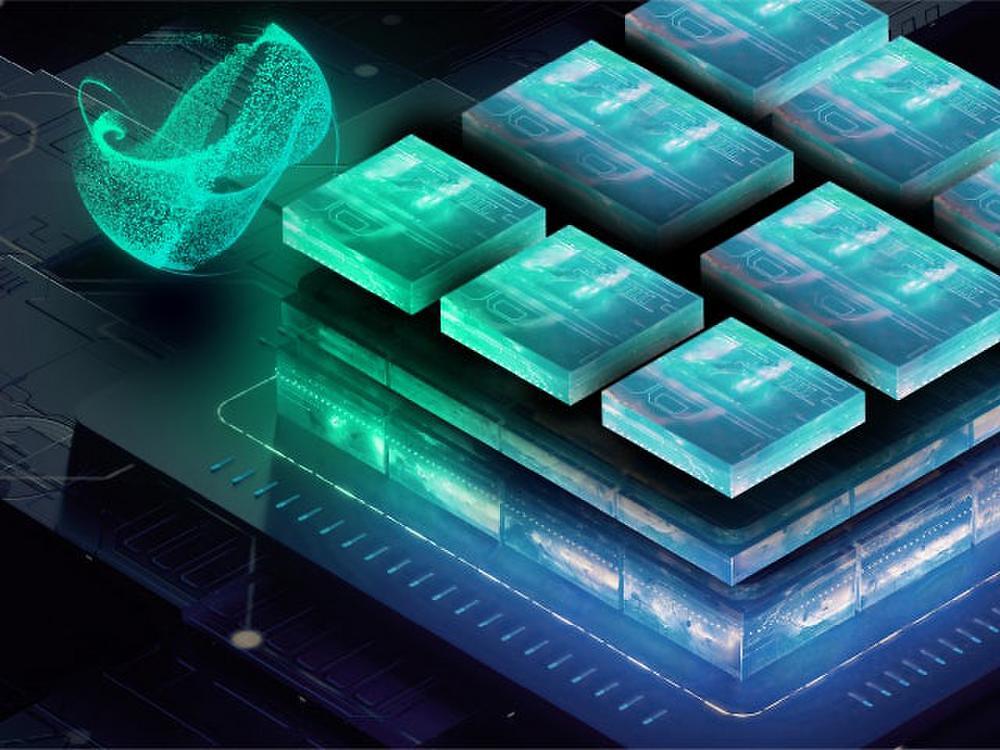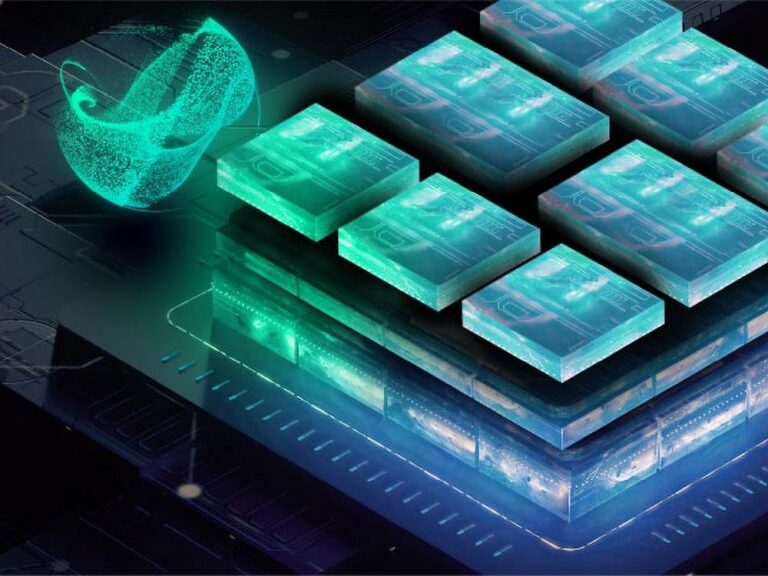
The development of semiconductor processes is a cornerstone of technological innovation, but it often involves time-intensive experimentation and high costs. AI-powered simulation tools are reshaping this landscape by predicting outcomes, optimizing workflows and significantly reducing the time and expense associated with traditional methods. Erik Hosler, an expert in semiconductor innovation, recognizes that by enabling faster iterations and smarter decision-making, these tools are revolutionizing process development in semiconductor manufacturing and driving industry innovation. Their impact is transforming how rapidly the industry can adapt to emerging demands.
Predicting Outcomes with AI
Traditional semiconductor process development relies on trial-and-error experimentation, which can be both costly and time-consuming. AI-assisted simulation tools eliminate much of this inefficiency by using machine learning algorithms to model and predict outcomes with remarkable accuracy. By analyzing large datasets, these tools can simulate various process conditions, materials and techniques to identify optimal solutions without the need for extensive physical testing.
This predictive capability not only saves resources but also accelerates innovation. Engineers can explore a wider range of possibilities and fine-tune processes in record time. Erik Hosler states, “AI-driven tools are not only improving current semiconductor processes but also driving the future of innovation.” By leveraging AI simulations, manufacturers can stay ahead in the race to develop cutting-edge technologies.
Optimizing Workflows and Reducing Costs
AI-assisted simulations also enhance efficiency by optimizing workflows throughout the process development lifecycle. These tools identify bottlenecks, recommend adjustments and streamline production steps, enabling manufacturers to achieve higher yields and consistent quality. For instance, simulations can evaluate the impact of process variables on device performance, guiding engineers to make data-driven adjustments that maximize efficiency.
Reducing reliance on physical prototypes significantly cuts costs. Instead of investing heavily in experimental setups, manufacturers can allocate resources to scaling proven solutions, enhancing both profitability and sustainability. Additionally, this shift reduces material waste and energy consumption, contributing to more environmentally friendly manufacturing practices.
Transforming Semiconductor Process Development
As AI-powered simulation tools continue to evolve, their impact on semiconductor process development will only grow. These tools enable faster, more efficient innovation, paving the way for breakthroughs in advanced chip architectures and manufacturing techniques.
By embracing AI, the semiconductor industry can unlock new levels of performance and remain at the forefront of technological advancement. The integration of AI also fosters greater adaptability, allowing manufacturers to respond quickly to changing demands and emerging challenges. This adaptability ensures that semiconductor development remains both competitive and sustainable in a rapidly advancing technological landscape.






